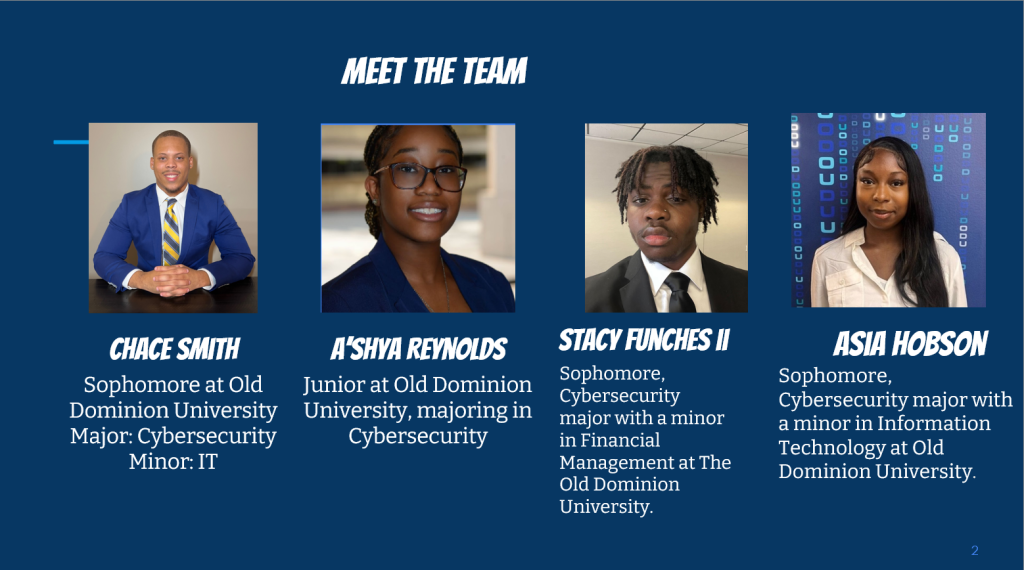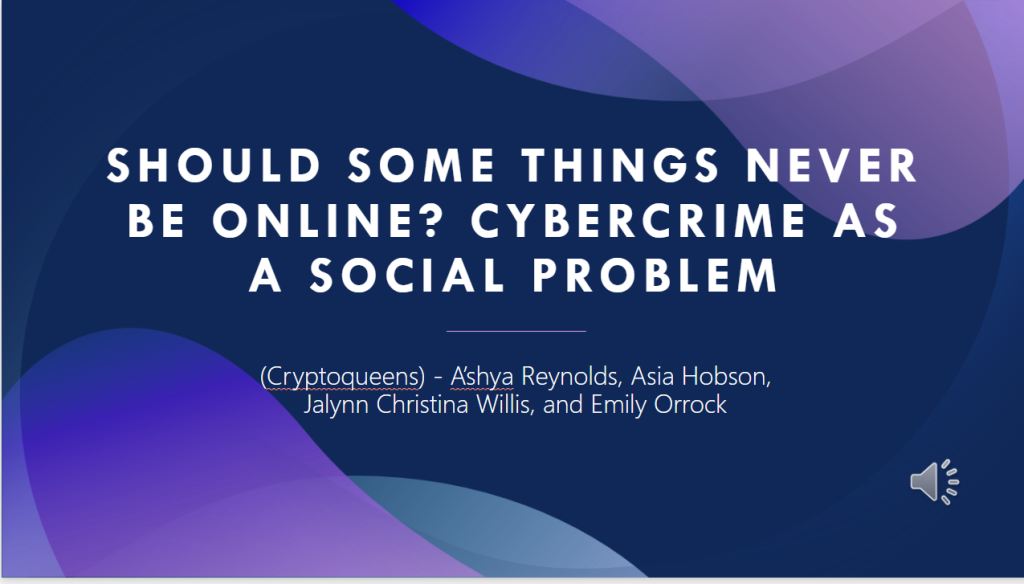Linux Operating System
Supporting Artifact: CYSE 250: Intro to Linux systems
I completed assignments using Linux operating system. Creating users and passwords, then utilizing John the Ripper tools to crack all of them, was one of my favorite jobs that taught me the most about security and password cracking. Using a dictionary or brute force techniques, you can attach hashed passwords using the John the Ripper Kali tool. The tool can be used for both password recovery and account password strength evaluation.

Supporting Artifact: CYSE 301: Cyber Techniques and Operations
Completed labs that worked with Linux operating systems and windows. employed a variety of tools, including Windows 7, Attacker Kali, Internal Kali, and Wireshark. The majority of the tasks were played as attacks and gathering data from the other operating systems we were utilizing, which called for knowledge of Linux in order to execute commands and obtain data from other operating systems.

Supporting Artifact: Practice CTFs
Used Linux operating systems to solve different challenges. Pico CTF
Research and Analysis
Supporting Artifact: CYSE 495: Intro to Bio-Cybersecurity
We were assigned to prepare a paper regarding the many technological vulnerabilities in a healthcare organization. In accordance with the NIST Cybersecurity framework, the paper included an introduction to the company, a list of the company’s assets, a ranking of risk assessments, worst-case cyberthreats, and implementations to support them.
Supporting Artifact: CYSE 201T:
The paper I did for this class on the risk and threat of cybersecurity and DNA editing was my favorite. When considering the danger connected with new inventions, this class demanded critical thought and in-depth investigation. I went into detail in the paper on what DNA editing might look like, how it may help with medical issues that affect generations, how it could be used to manipulate inventions, and the security danger that comes with it.
Supporting Artifact: IT 201T
Conducted in-depth research and analyze health decrease statistics to write on the social and technical challenges with telehealth during COVID-19.
Teamwork
Supporting Artifact: CCI Project
Commonwealth Cyber Innovation on a project for four months. We were divided into groups of four or the project’s goal was to develop a solution that would assist people practice better cyber hygiene. To come up with new ideas and ultimately create a product, we met once a week. CyberBrain is the name of the software that my team decided to develop.

Supporting Artifact: CRJS 310- Cybercrime
Conducted Case studies with a team for majority of the semester.

Supporting Artifact: Women In Cybersecurity Club
My responsibility on the e-board for women in cybersecurity is to promote the club and collaborate with other organizations. Additionally, by participating in several cyber campus groups to plan events, get involved, and attend conferences. Reference resume.